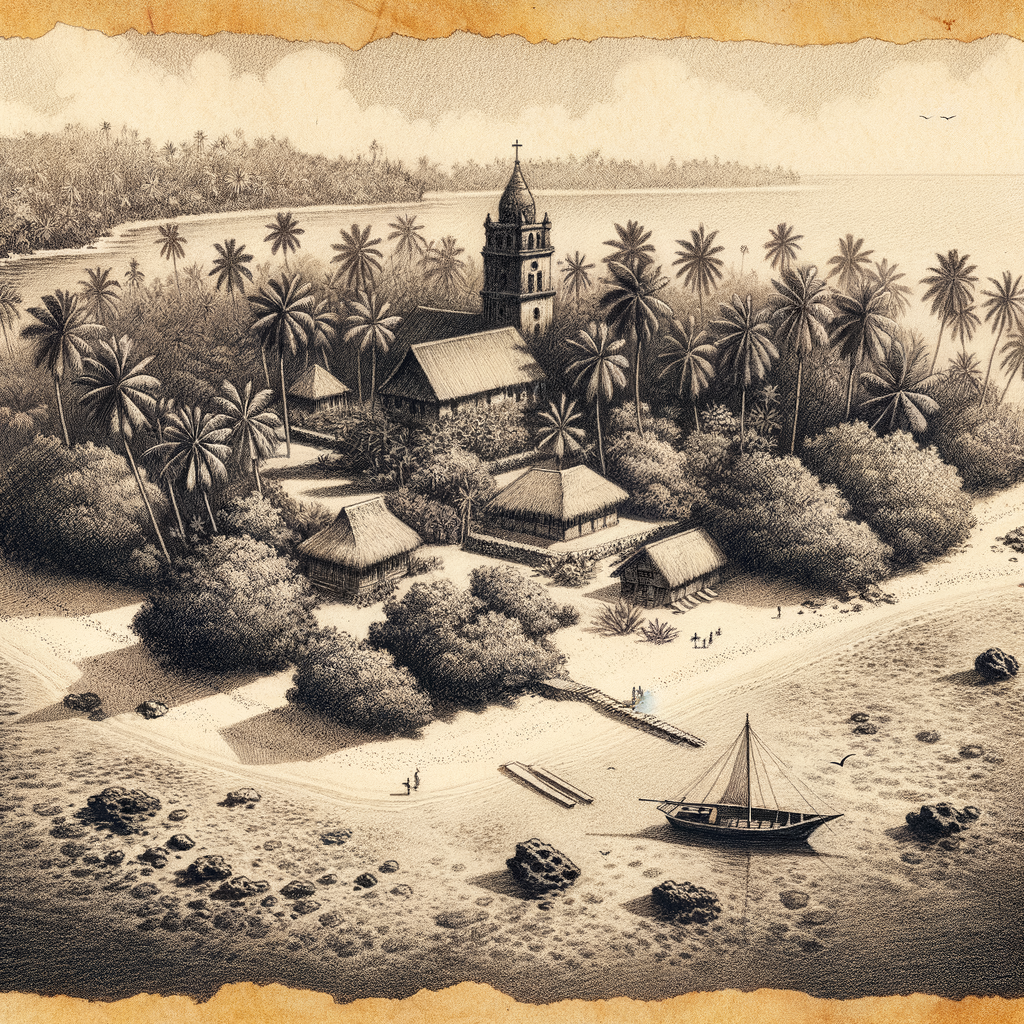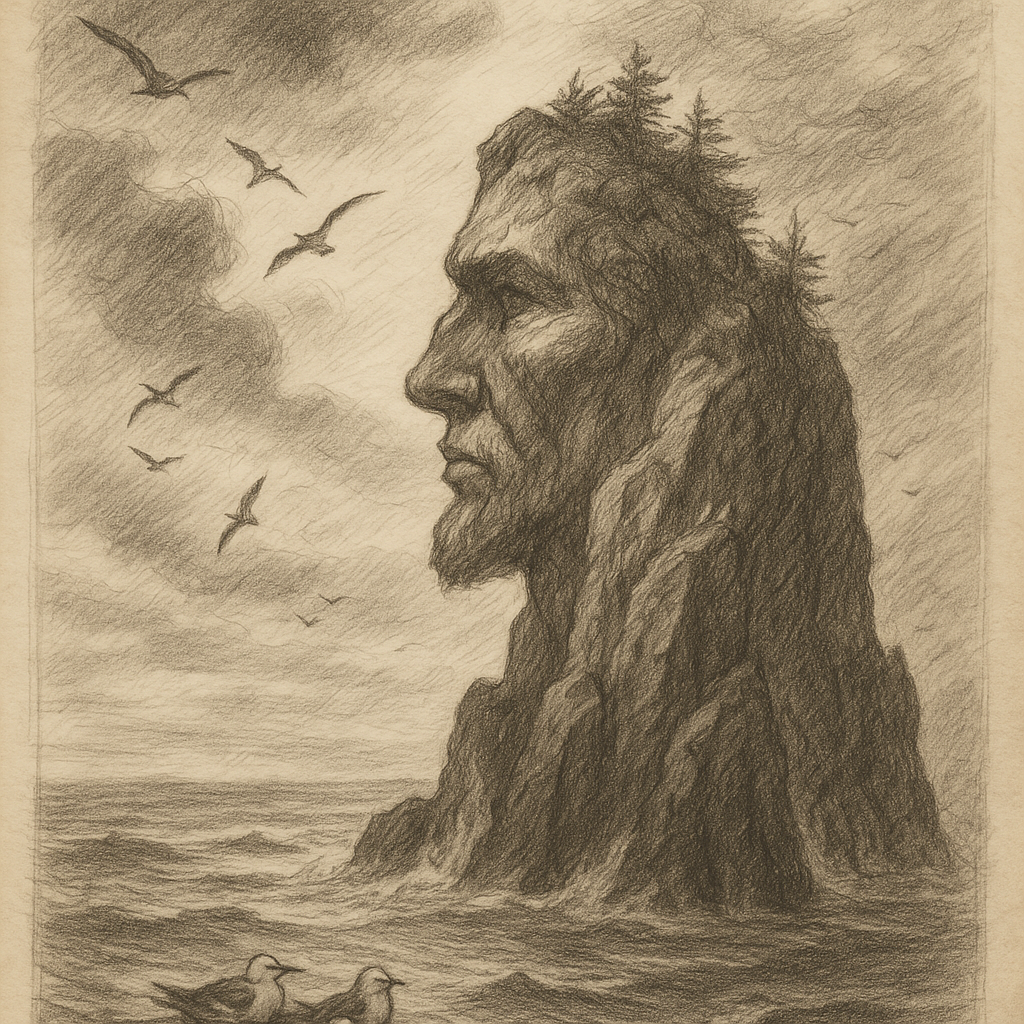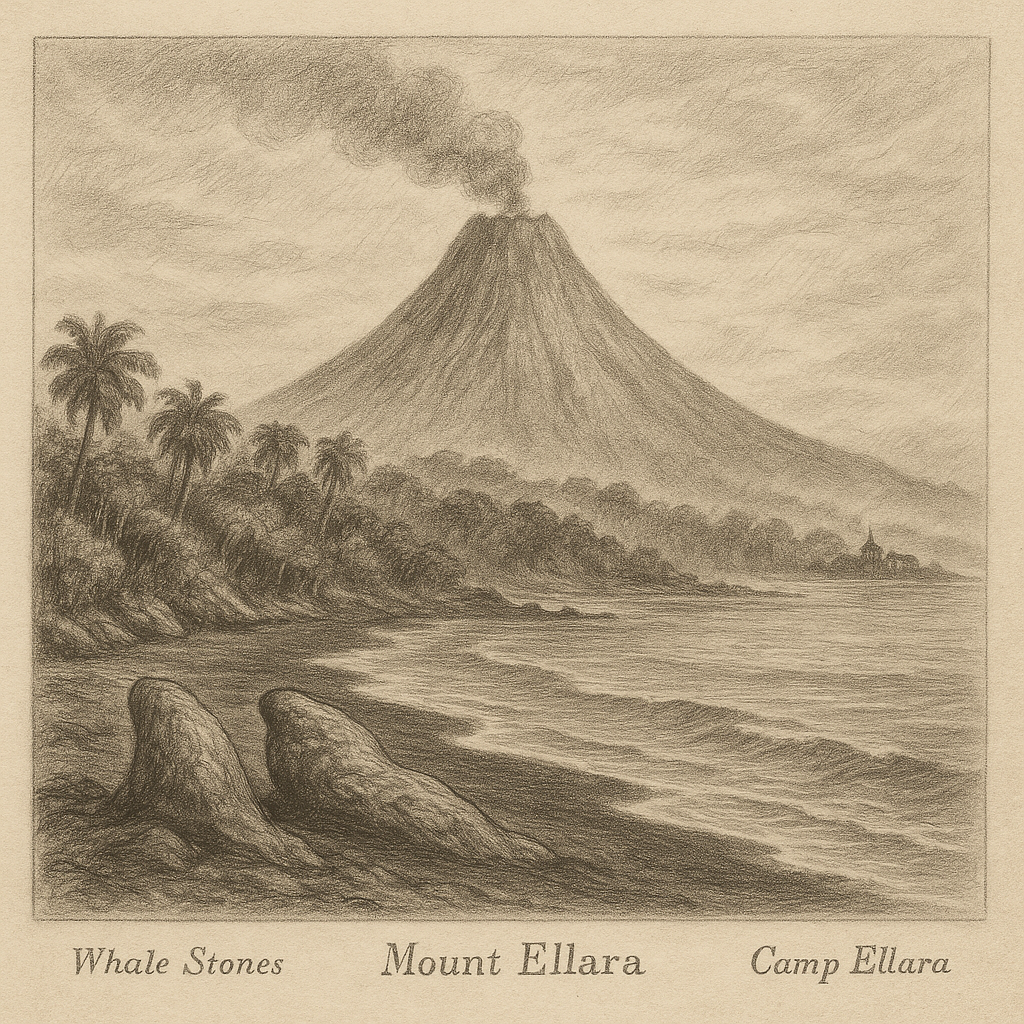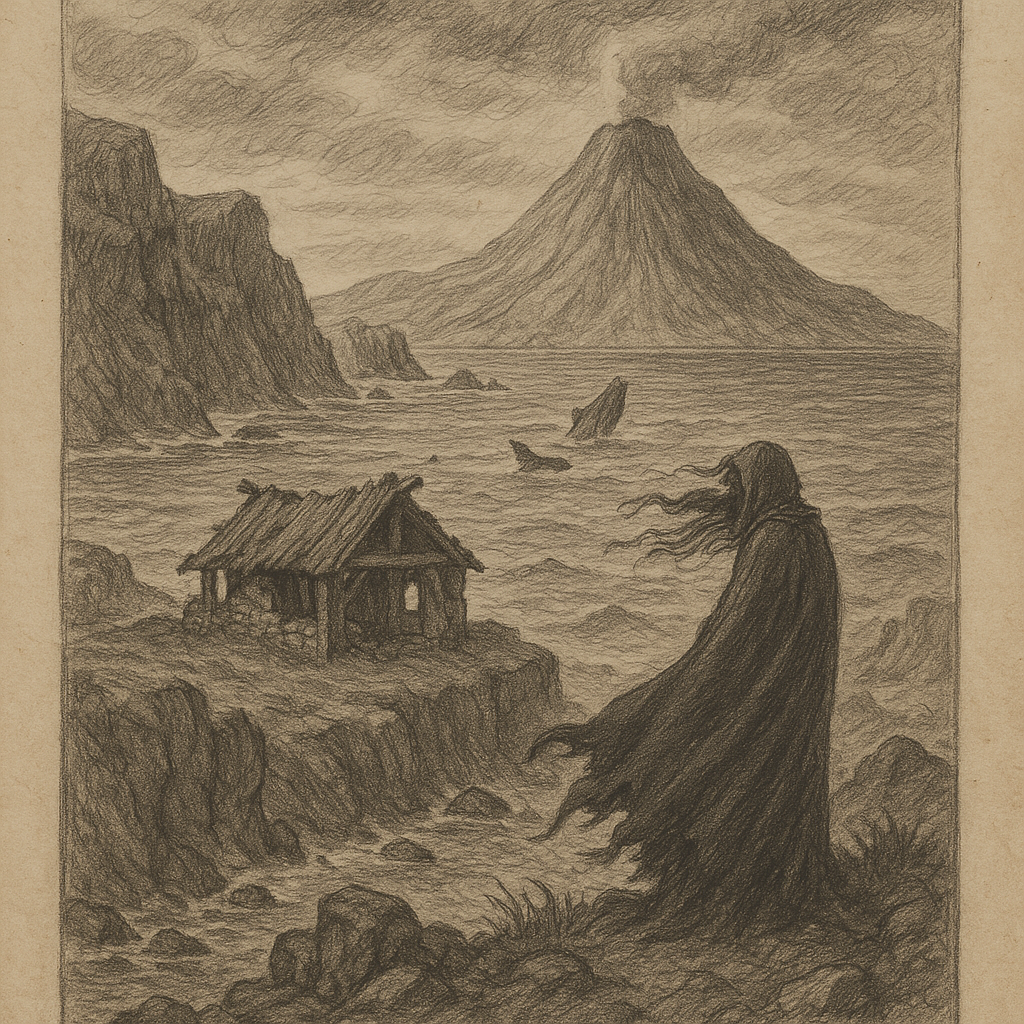Agalega North Island: Remote Jewel of the Indian Ocean
Agalega North Island is one of the two isolated islands that make up the Agalega Islands, a remote dependency of the Republic of Mauritius. Situated in the Indian Ocean, approximately 1,000 kilometers north of mainland Mauritius, this secluded island remains relatively unknown to the wider world. Despite its modest size and population, Agalega North Island holds a significant place in the cultural, historical, and geopolitical fabric of the region.
Geography and Location
Agalega North Island is the larger and more populated of the two Agalega islands, the other being South Island. Together, they form a narrow archipelago stretching roughly 12 kilometers in length and just over 1.5 kilometers in width at their widest point. North Island is elongated and flat, with white sandy beaches surrounding its lush tropical vegetation, dominated by coconut palms and other coastal flora.
Positioned just south of the equator at 10°25′S 56°36′E, the island experiences a tropical climate, characterized by hot and humid weather year-round. Like many other islands in the Indian Ocean, Agalega is susceptible to cyclones, particularly between November and April.
History and Settlement
The island was discovered by European navigators in the 16th century and has a complex colonial history. It was administered at various times by the French and British as part of broader imperial ambition in the Indian Ocean. The first permanent settlements occurred in the 19th century, primarily focused on coconut cultivation and the production of copra, a dried coconut product.
Agalega’s small population, historically ranging between 200 and 300 residents, is primarily of African and Malagasy descent, known locally as “Agaleans.” These communities have developed a unique culture and creole dialect influenced by Mauritian, Malagasy, and French heritages.
Ecology and Wildlife
Agalega North Island has retained much of its pristine natural environment due to its isolation. The island’s low population density and minimal development have helped preserve a range of native plant species and attract nesting seabirds. Coastal wetlands provide breeding grounds for marine life, and the surrounding coral reefs are teeming with tropical fish, crustaceans, and sea turtles.
Despite these natural riches, the ecosystem is fragile. Invasive species introduced during colonial times, such as rats and cats, pose a threat to native fauna. Conservation efforts, though still limited, aim to mitigate some of these impacts. In recent years, there has been growing attention to the ecological significance of Agalega within the regional marine biodiversity network.
Modern Developments and Infrastructure
Until recently, Agalega North Island lacked significant infrastructure, relying mainly on basic services and facilities. In the past decade, however, the Indian and Mauritian governments have invested in developing key infrastructure, including a new airstrip and port facilities.
These developments have generated both interest and controversy. While they promise better connectivity and emergency services for the Agaleans, concerns have been raised about potential environmental harm and the geopolitical implications of foreign military involvement, particularly in relation to India’s strategic interests in the region. The local population has voiced concerns about transparency and participation in decision-making regarding the island’s future.
Points of Interest
Despite its small size, Agalega North Island has several attractions worthy of interest. The Saint François d’Assise Church, built in the early 20th century, stands as a symbol of the island’s cultural heritage. Nearby are remnants of old colonial buildings and copra production facilities, offering a glimpse into the island’s past.
Nature lovers can explore the island’s untouched coastal lagoons and mangrove forests or observe the unique bird species that frequent its shores. The island’s beaches, particularly those on the northern tip, offer an idyllic setting for those seeking isolation and natural beauty.
Legends and Local Lore
Agalega is not just a geographical location; it is a place woven with legends passed down through generations. One popular tale among the islanders speaks of a sunken ship carrying treasure that lies hidden beneath the waters just off the northern reef. Despite numerous attempts to uncover it, the treasure remains undiscovered—guarded, as locals say, by sea spirits that protect Agalega’s mysteries.
Another legend tells of a “Coco Mama,” a spirit said to reside in the oldest coconut grove on the island. It is believed she watches over the island’s coconut trees, punishing those who take coconuts without respect or permission by causing sudden storms or sharp pains. To this day, some Agaleans leave small offerings before harvesting coconuts from certain groves.
These stories form an integral part of the island’s identity, deepening the sense of connection between the Agaleans and their environment.
Isolation and Access
Access to Agalega North Island remains limited. The island can be reached by infrequent government-chartered ships and, more recently, via small aircraft utilizing the newly constructed airstrip. Travel to Agalega requires authorization due to its remote location and the strategic nature of current infrastructure developments.
Visitors drawn to Agalega are typically researchers, conservationists, or government personnel. As tourism is practically nonexistent, the island has retained a level of authenticity and tranquility that is rare in the modern world.
Conclusion
Agalega North Island represents a unique confluence of natural beauty, cultural richness, and strategic significance. While its future stands at a crossroads between conservation and development, the island continues to captivate with its untouched charm and storied past. For those fortunate enough to visit or study it, Agalega provides not just a physical location but a profound experience of remoteness, resilience, and island lore that endures over centuries.



